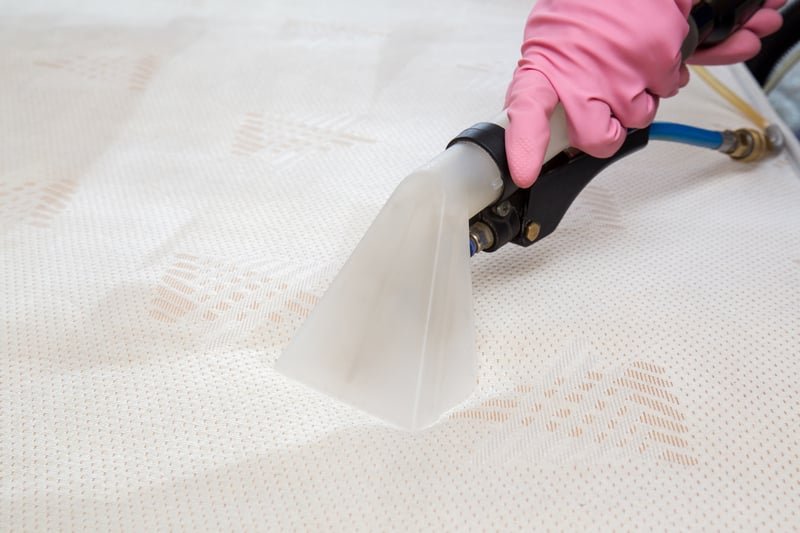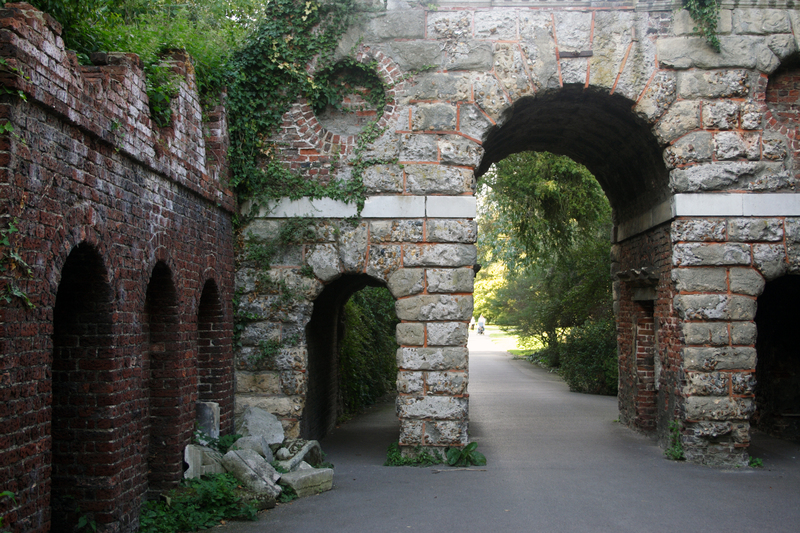Mastering Different Bathroom Surfaces with Pro Techniques
Posted on 12/04/2024
When it comes to designing and renovating a bathroom, one of the most important elements to consider is the surface materials. From the floors to the walls, each surface plays a crucial role in both the overall aesthetic and functionality of the space. However, with countless options available on the market, it can be overwhelming to choose the right surfaces for your bathroom. In this article, we will explore pro techniques for mastering different bathroom surfaces and how they can elevate your bathroom design.
Techniques for mastering different bathroom surfaces
1. Ceramic Tiles
Ceramic tiles are a classic choice for bathroom surfaces and for good reason. Not only are they durable and easy to maintain, but they also come in a variety of colors, patterns, and sizes to fit any style. When installing ceramic tiles, it's recommended to use a waterproof or water-resistant adhesive to prevent moisture from seeping through. Additionally, using dark-colored grout can help hide dirt and stains in high traffic areas.
2. Natural Stone
For a more luxurious look, natural stone such as marble or granite makes an excellent choice for bathroom surfaces. These stones are heat-resistant and long-lasting, adding both elegance and durability to your space. However, they require special care as they can be porous and prone to staining. It's important to seal them regularly and avoid using harsh chemicals when cleaning.
3. Vinyl Flooring
If you're looking for a cost-effective option that mimics the look of more expensive materials, vinyl flooring is a great choice for bathrooms. Not only is it budget-friendly, but it's also waterproof and slip-resistant making it perfect for damp environments like bathrooms. With advancements in technology, vinyl flooring now comes in various designs that closely resemble natural materials such as wood or stone.
4. Concrete
While not typically associated with bathroom design, concrete is becoming increasingly popular due to its modern look and versatility. Concrete can be polished, stained or stamped with various patterns to achieve different effects that suit your personal style. It's also a great option for both floors and walls, creating a cohesive and unique look in your bathroom.
5. Glass
For those who prefer a sleek and contemporary aesthetic, glass is an excellent choice for bathroom surfaces. It's easy to clean and maintain, making it perfect for shower walls or vanity countertops. However, it can be more expensive than other options and can easily show water spots or fingerprints, so regular cleaning is necessary to keep it looking its best.


Pro Tips:
- When choosing surfaces for your bathroom, consider the level of maintenance and durability required.
- Mixing different surface materials creates visual interest and adds depth to your bathroom design.
- Don't be afraid to incorporate bold colors or patterns to make a statement with your bathroom surfaces.
Takeaways:
- Ceramic tiles are versatile and durable, making them a popular choice for bathrooms.
- Natural stone adds a touch of luxury but requires extra care and maintenance.
- Vinyl flooring is budget-friendly and comes in various designs that resemble natural materials.
- Concrete offers a modern and customizable look for bathroom surfaces.
- Glass adds a sleek and contemporary touch but may require more upkeep.
In conclusion, when it comes to mastering different bathroom surfaces, it's important to consider both functionality and aesthetics. By understanding the pros and cons of each material and following these pro techniques, you can create a space that not only looks beautiful but also stands the test of time. So go ahead and get creative with your bathroom surfaces - the possibilities are endless!







